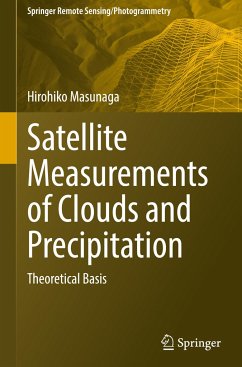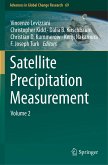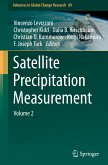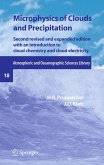This book provides a thorough introductory description of the physical principles underlying the satellite remote sensing of clouds and precipitation. A diverse collection of satellite sensors is covered, including imagers, radars, and sounders over a broad spectral range from visible to microwave radiation.
The progress in satellite instrument technology during the past two decades as represented by the Tropical Rainfall Measuring Mission (TRMM), CloudSat, and Global Measurement Mission (GPM) satellites has drastically improved our capability of measuring clouds and precipitation across the globe. At the same time, such rapid progress makes it increasingly challenging for scientists without specialized skills in remote sensing to fully grasp how satellite measurements are being made. This book is designed to mitigate that challenge. The targeted readers are graduate students and professional scientists seeking an extended summary of the theoretical background behindobservations from space, ranging from fundamental physics (the statistical mechanics and radiative processes, for instance) to more practical levels of theory such as retrieval algorithm design.
The progress in satellite instrument technology during the past two decades as represented by the Tropical Rainfall Measuring Mission (TRMM), CloudSat, and Global Measurement Mission (GPM) satellites has drastically improved our capability of measuring clouds and precipitation across the globe. At the same time, such rapid progress makes it increasingly challenging for scientists without specialized skills in remote sensing to fully grasp how satellite measurements are being made. This book is designed to mitigate that challenge. The targeted readers are graduate students and professional scientists seeking an extended summary of the theoretical background behindobservations from space, ranging from fundamental physics (the statistical mechanics and radiative processes, for instance) to more practical levels of theory such as retrieval algorithm design.








